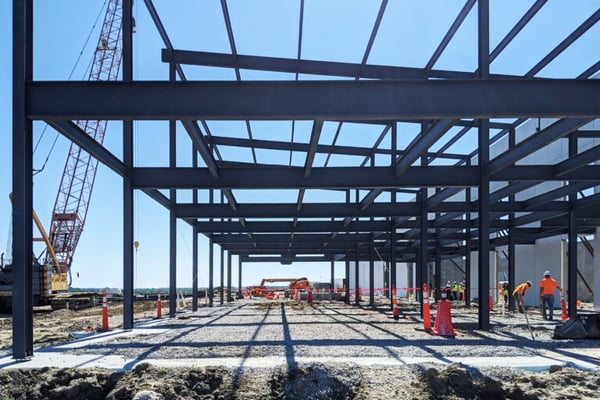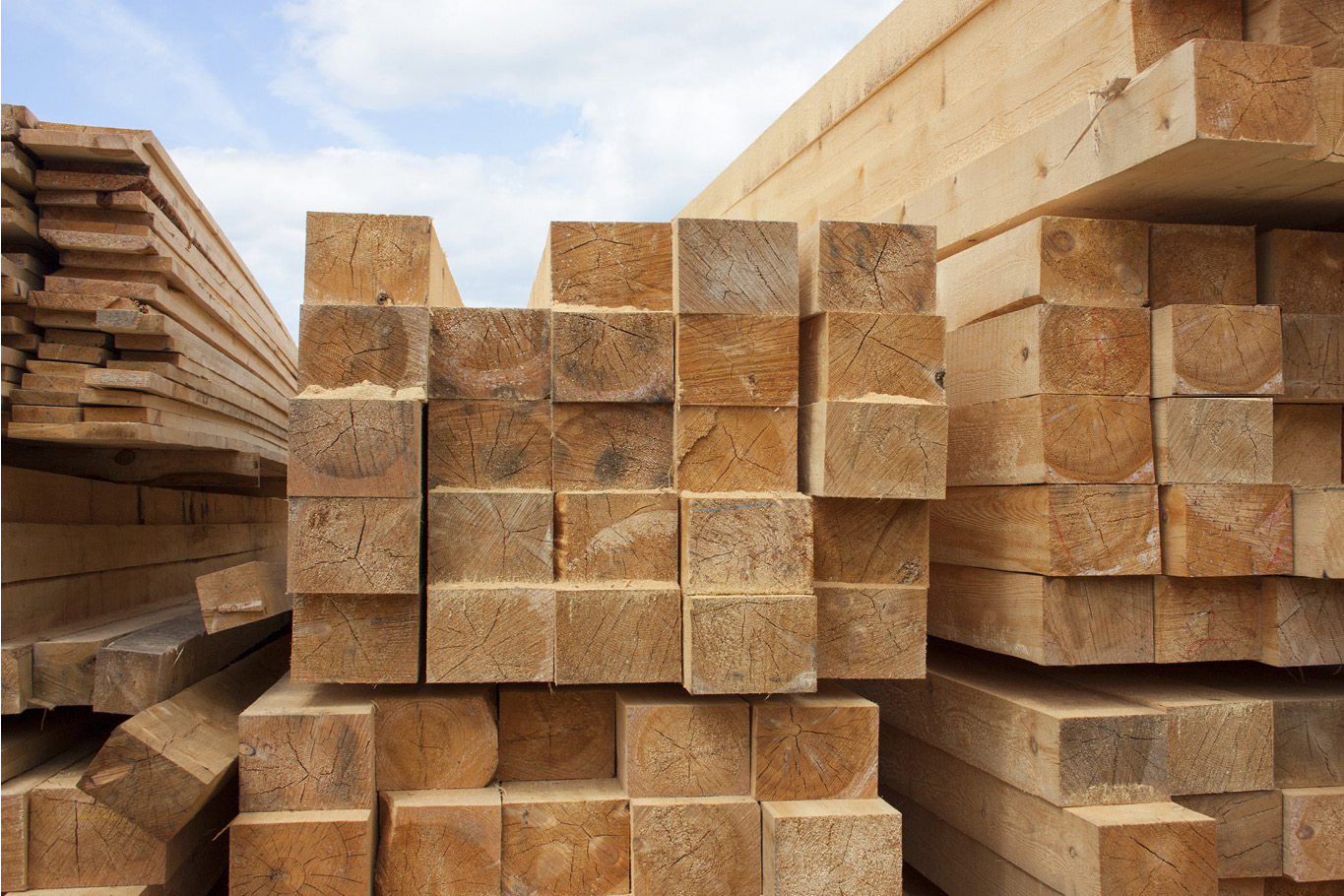Over the last year, we have been mitigating cost overruns in a volatile building materials market. Although there is a lot of uncertainty, we are working to manage costs and protect clients’ budgets.
This article will discuss three strategies architects use to manage material price increases. These strategies include:
- Working with contractors and cost-estimators
- Accounting for escalation in the budget
- Identifying key materials that could be ordered early
After reading, you’ll better understand how your architect can guide you through an ever-changing building materials market, easing your anxieties about starting a building project. Cost overruns are always a possibility, but an architect who works in a clients’ best interest will find ways to reduce risk.
Strategies for Responding to Building Material Price Increases
Working with Contractors and Cost-Estimators
On any project, your architect may work with a third party to get accurate material price estimates. If you use a design-build or design-negotiate-build project delivery method, your architect may work directly with your contractor. For design-bid-build projects, the architect may work with a third-party cost estimator.
Up-to-date cost estimates are even more important when the market is volatile. Your architect may need to consult cost estimators more frequently and adjust the design to align with your project’s budget.
More than ever, it’s important to hire an architect with a strong reputation for project management. When you interview architects, ask about their approach to project management and how they will manage costs. An attentive project manager who guides design modifications to fit price changes will give you the greatest chance of success.
Accounting for Escalation
In addition to working with cost-estimators, your architect will factor escalation into your budget. “Escalation” refers to a prediction of prices increasing over time. In a stable market, your architect will estimate 3-4% annually until the mid-point of construction.
If you reach the midpoint of construction in two years, for example, your architect may estimate a 6% increase in material prices and plan your budget accordingly.
When the market is more volatile, escalation is harder to estimate. Your architect may predict more for escalation to provide a buffer. For example, many architects are currently budgeting 7-10% annually.
Your architect may even adjust escalation predictions throughout the design. In the early stages, they may predict greater price increases but reduce their prediction as the design process progresses and cost estimates get more accurate.
They should also add a bid day contingency to account for unexpected, last-minute price increases.
Your architect aims to account for unknowns and provide a safety net. At the same time, they shouldn’t overestimate and prevent you from utilizing the full extent of your budget. When prices are volatile, finding this balance can be difficult.
Keep in mind: large escalation predictions may not be necessary for projects in the distant future. If you are currently working on a master plan and want to start construction in five years, your architect will not budget 10% every year. Many assume material prices will settle over time.

Critical path items like structural beams should be ordered as soon as possible.
Ordering Materials Quickly
Supply chain issues can slow a project’s timeline, and overnight price increases can throw off an estimated budget. To keep a project on budget and schedule, the contractor can discuss with you what materials can be ordered earlier in the process.
With some project delivery methods, the architect can collaborate with the contractor in earlier phases of design to get a head start on ordering materials. This method, however, can be risky as it doesn’t allow you to make changes as the design progresses. Therefore, it’s important to order materials as soon as construction documents are completed and approved.
Once the contractor can order materials, they should prioritize important items. “Critical path items” are materials necessary for construction to continue, such as structural beams. These important items should be ordered as soon as possible to reduce the risk of a slowed project timeline or increased prices down the road.
Be sure to talk to your architect about critical path items and their plans for ordering materials. When you are hiring an architect, ask about how they will communicate and coordinate orders with your contractor.
What Are Your Next Steps?
Supply chain shortages have created a volatile market for building materials like lumber and steel. Although material prices are rapidly changing, working with a trusted partner can help reduce risk.
By working with cost estimators, factoring escalation predictions into your budget, and ordering materials quickly, your architect can help mitigate unknowns and reduce the likelihood of cost overruns. When hiring an architect, ask about their track record with maintaining budgets and how they have been coping with changes in the market.
Remember: there is no guarantee that you will not encounter cost overruns under the current market conditions. These strategies, however, better position you for success.
To further prepare for your project, read our tips for starting a building project in an uncertain materials market.
